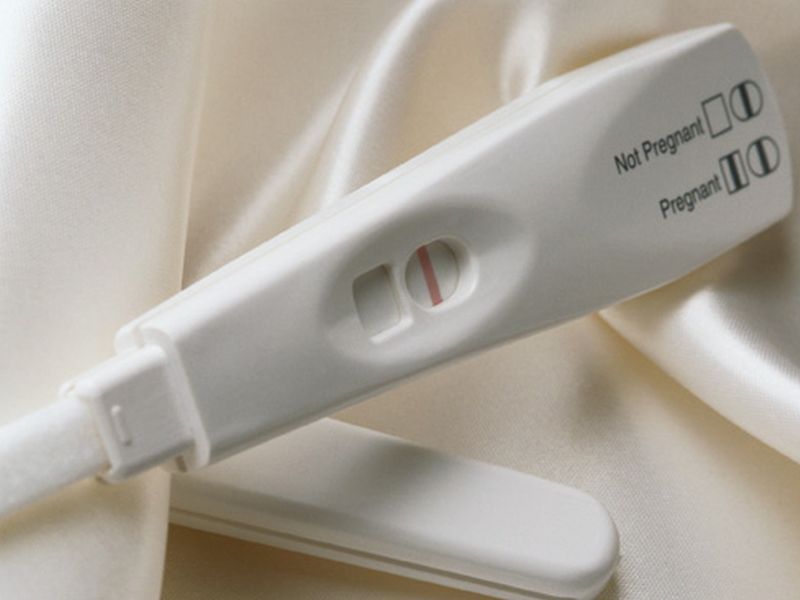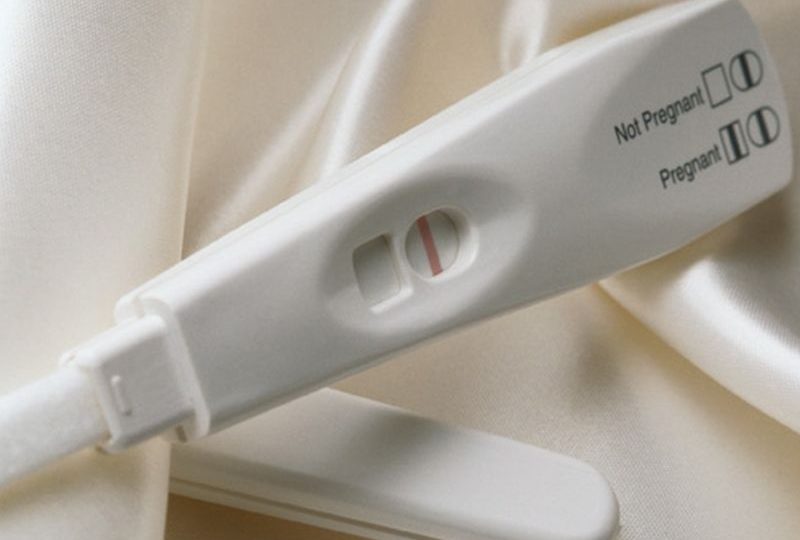Latest Sexual Health News
 By Amy Norton HealthDay Reporter
By Amy Norton HealthDay Reporter
WEDNESDAY, June 22, 2022 (HealthDay News)
After years of decline, infertility rates among U.S. women have held steady in the past decade or so, a new study finds.
The reasons behind the stall are unclear. But researchers said rising rates of sexually transmitted diseases, and unequal access to reproductive health care could be factors.
The study found that from 2006 to 2019, infertility rates among U.S. women aged 15 to 44 fluctuated between roughly 6% and 8%.
That’s in contrast to prior years, which saw a trend of declining infertility rates nationally, despite the fact that more women were delaying childbirth.
“Infertility is still an issue for women in the U.S. It has not gone away,” said Dr. Maria Trent, the senior researcher on the study and a professor at Johns Hopkins University School of Medicine in Baltimore.
“Often we don’t talk about infertility, because it’s scary,” Trent added.
But women should be aware that some risk factors for infertility can be modified, according to the researchers. One is pelvic inflammatory disease (PID), a bacterial infection that damages reproductive organs and leads to fertility problems in some women. PID is often a complication of the sexually transmitted infections chlamydia and gonorrhea.
Trent pointed out that Americans’ STD rates have been soaring in recent years.
About 20 years ago, gonorrhea rates were at historic lows in the United States, according to the U.S. Centers for Disease Control and Prevention. But by 2019, the nation was marking its sixth consecutive year of record-breaking STD rates — with about 2.5 million Americans diagnosed with gonorrhea, chlamydia or syphilis.
That trend could be contributing to the stalled decline in female infertility, according to Trent.
More specifically, lack of STD diagnosis and treatment could be involved: In this study, women who said they had not been tested or treated for an STD in the past year were more likely to report difficulty conceiving.
Trent is worried that ongoing threats to women’s access to reproductive health care could make matters worse.
The findings — published online recently in the journal Fertility and Sterility — are based on nearly 54,000 married or cohabitating U.S. women who took part in a long-running federal survey called the National Survey for Family Growth.
Previous studies based on the same survey had found a decline in infertility: from 8.5% in the early 1980s to roughly 6% between 2006 and 2010. (Infertility was defined as not conceiving after at least one year of trying, with the same partner.)
Trent’s team found that since that 2006-2010 period, the infertility rate has been steady, hitting a high of 8% in 2017-2019 (a shift that was not significant in statistical terms).
Other research has suggested the infertility rate among U.S. women might be even higher. A University of Michigan team found an infertility prevalence of about 12.5% in recent years among those aged 20 to 44.
In that study, infertility affected women similarly, regardless of race, income or education.
But there were striking differences in the likelihood of receiving treatment, said Dr. James Dupree, a clinical associate professor of urology who worked on that study.
For example, more than 80% of women with a college degree said they’d sought care for their fertility problems, compared to just one-third of those with only a high school education.
It’s not clear why, Dupree said, but there could be numerous barriers. Cost is an obvious one, particularly since insurance plans do not always cover infertility treatment. Beyond that, Dupree said, people may not live near a provider, as the United States does have infertility care “deserts.” Other people, he noted, may not have a job that allows them time off for medical care.

QUESTION
Men and women are equally likely to have fertility problems. See Answer
And in some cases, Dupree said, couples may not be aware help is available. In general, he noted, if a couple has been trying to conceive for a year without success (or six months, if the woman is over 35), it’s recommended that both partners get an evaluation.
Trent emphasized the importance of reproductive health care from early on — including screening for STDs. The CDC advises all sexually active women younger than 25 to be tested for gonorrhea and chlamydia yearly; screening is also recommended for older women when they have a new partner, or risk factors for STDs, such as multiple sex partners.
And anyone with symptoms of PID “should seek treatment immediately,” Trent said.
Those symptoms include lower belly pain, pain during sex, burning during urination and unusual vaginal discharge — though some women have no symptoms at all.
More information
The U.S. Centers for Disease Control and Prevention has more on infertility.
SOURCES: Maria Trent, MD, MPH, professor, pediatrics, Johns Hopkins University School of Medicine, and professor, American Health, Johns Hopkins Bloomberg School of Public Health, Baltimore; James Dupree, MD, MPH, clinical associate professor, urology, Michigan Medicine, and member, University of Michigan Institute for Healthcare Policy and Innovation, Ann Arbor; Fertility and Sterility, June 14, 2022, online

Copyright © 2021 HealthDay. All rights reserved.
From 
Healthy Resources
Featured Centers
Health Solutions From Our Sponsors
